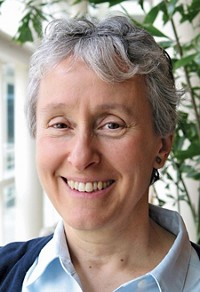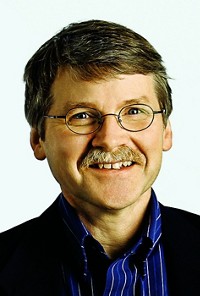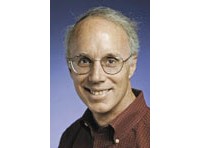Advertisement
Grab your lab coat. Let's get started
Welcome!
Welcome!
Create an account below to get 6 C&EN articles per month, receive newsletters and more - all free.
It seems this is your first time logging in online. Please enter the following information to continue.
As an ACS member you automatically get access to this site. All we need is few more details to create your reading experience.
Not you? Sign in with a different account.
Not you? Sign in with a different account.
ERROR 1
ERROR 1
ERROR 2
ERROR 2
ERROR 2
ERROR 2
ERROR 2
Password and Confirm password must match.
If you have an ACS member number, please enter it here so we can link this account to your membership. (optional)
ERROR 2
ACS values your privacy. By submitting your information, you are gaining access to C&EN and subscribing to our weekly newsletter. We use the information you provide to make your reading experience better, and we will never sell your data to third party members.
Analytical Chemistry
Arthur W. Adamson Award For Distinguished Service In The Advancement Of Surface Chemistry
by Mitch Jacoby
February 4, 2013
| A version of this story appeared in
Volume 91, Issue 5

Sponsored by the ACS Division of Colloid & Surface Chemistry and Langmuir
For more than 20 years, Ulrike Diebold, a physics professor at Vienna University of Technology, has built a reputation as one of the most important contributors to an area of surface science many researchers were long afraid to tackle: metal oxides.
When Diebold began her academic career in the early 1990s at Tulane University, the chemistry and physics of metal and semiconductor surfaces had been studied, in many cases, at the atomic level. Not so for metal oxides. Yet oxides are critically important to many technological applications and everyday life. So Diebold devoted herself to studying the geometric and electronic structures of metal oxide surfaces, as well as their catalytic nature and other properties.
For years, metal oxides were considered “too complex and messy for meaningful surface-science studies,” explains Tulane physics professor John P. Perdew. The problem was that, in contrast to metals and semiconductors, oxide surfaces could not be prepared reproducibly and data measured from those surfaces were often difficult to interpret. For those reasons, surface scientists were hesitant to apply themselves to such materials. But Diebold’s research helped lay the groundwork to overcome those problems.
Over the past two decades, “she has evolved as a clear leader in this area,” Perdew says. As a result of Diebold’s work, the field’s importance and level of activity have increased immensely, he adds. Backing up that assertion, Perdew notes that a substantial fraction of research papers in today’s important scientific journals routinely address the surface science of metal oxides. In addition, international conferences today commonly devote multiple sessions to this area and attract researchers with strong interests in the central role of oxide surfaces in catalysis and photocatalysis, mineralogy, biomedical engineering, electronics and optoelectronics, chemical sensing, and other areas.
One hallmark of Diebold’s research is her use of scanning tunneling microscopy to probe oxide surfaces. In a study conducted in the 1990s, Diebold and Rutgers University theoretical physicist David Vanderbilt showed that certain bright features in STM images of TiO2 crystals correspond to undercoordinated Ti surface atoms. The highly cited work established the much-needed basis for interpreting atomically resolved images of TiO2 and other oxide surfaces.
In other work, Diebold’s group revealed subtle structural differences between various facets of TiO2 crystals and pinpointed their unique effects on chemical reactivity and catalytic properties. The group has also uncovered key mechanistic details of TiO2’s role as a support for catalytic metal nanoparticles such as gold. And in addition to contributing broadly to oxide surface chemistry through her investigations, Diebold is well-known for writing the field’s most authoritative review article. That review, which is fondly referred to as “the TiO2 bible,” has been cited well over 2,000 times. In all, she has published more than 150 peer-reviewed publications.
Diebold, 51, completed her Ph.D. studies in physics at Vienna University of Technology in 1990. She joined Tulane’s physics faculty in 1993 and returned to her alma mater in 2010. She is a fellow of the American Association for the Advancement of Science, the American Physical Society, and AVS—the Science & Technology Society.
Diebold will present the award address before the ACS Division of Colloid & Surface Chemistry.







Join the conversation
Contact the reporter
Submit a Letter to the Editor for publication
Engage with us on Twitter